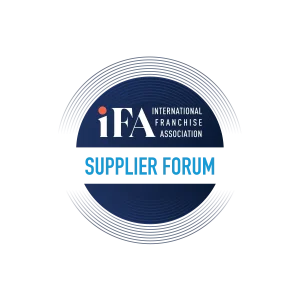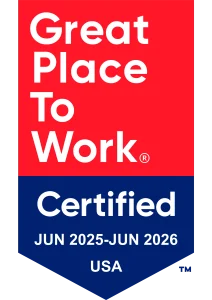Top Heavy Rules
401(k) retirement plans are a great tool for small business owners. Sponsoring a flexible 401(k) plan gives your business the opportunity to offer a tangible and appreciated retirement benefit to your employees. The unique nature of a Guidant 401(k) plan is even more powerful because it permits you and your new 401(k) plan to finance your business with funds from your previous IRA or 401(k) plan. However, small business owners should be aware of potential issues that may arise due to the demographics of their workforce.
What is a top-heavy 401(k) plan?
If more than 60 percent of the assets of the 401(k) plan are owned by key employees, the plan is called “top-heavy.” The plan is then subject to additional requirements:
- Minimum contributions to all non-key employees
- An accelerated vesting schedule for account balances attributable to top-heavy minimum contributions
Who is a key employee?
Key employees include the owners and officers of the business and certain of their family members.
How do I know if my 401(k) plan is top-heavy?
- Top-heavy testing is performed on an annual basis.
- Existing plans, top-heavy status is determined as of the last day of the previous plan year.
- New plans, top-heavy status is determined on the last day of the initial plan year.
What must I do if my plan is top-heavy?
Elective deferrals contributed by a key employee are considered an employer allocation, and they trigger a top-heavy allocation requirement for non-key employees. When a key employee receives an employer contribution or makes a 401(k) contribution, the employer must make a minimum contribution to all non-key plan participants.
How much is the required minimum contribution?
The required minimum contribution is 3% of compensation to all participants who are not “key” employees. If the highest actual contribution to any key employee is less than 3% of compensation, then that is the rate to be used for the top-heavy allocation.
Who must receive the top-heavy minimum contribution?
The top-heavy minimum contribution is given to all non-key plan participants who are active employees on the last day of the plan year regardless of actual hours of service performed. The plan may provide that eligible key employees also receive a top-heavy contribution.
What are the vesting requirements for a plan that is top-heavy?
- Cliff Vesting: 3 Year Maximum Term
- Graded Vesting: Maximum Term is 6 years also known as the 2/20 schedule. Specifically:
- Year 1 = 0% Vested
- Year 2 = 20% Vested
- Year 3 = 40% Vested
- Year 4 = 60% Vested
- Year 5 = 80% Vested
- Year 6 = 100% Vested
What is the required minimum contribution requirement if the plan is a safe harbor 401(k) plan?
As a safe harbor 401(k) plan, the employer is already making a required contribution, so an additional contribution may not be required. The safe harbor contribution can do double duty and correct a top-heavy plan.
- A safe harbor non-elective contribution of 3% or more will generally satisfy the top-heavy contribution requirement.
- A top-heavy safe harbor 401(k) plan designed with a matching contribution (see below for exempt safe harbor 401(k) matching contribution) will count towards satisfying the top-heavy minimum for those that receive it.
When is a top-heavy plan exempt from minimum contributions?
- If only safe harbor contributions are made (no profit sharing contributions and no matching contributions), no top-heavy contribution is required for that plan year.
- If the contributions consist of only the elective deferrals and the employer contributions necessary to satisfy the ADP (elective deferral test) and ACP (employer matching contribution test), no top-heavy contribution is required.
- If an employer makes a discretionary matching contribution that is within the ACP safe harbor requirements (less than 4% of compensation and not matching deferrals in excess of 6% of compensation), no top-heavy contribution is required for that plan year.
- If a profit sharing contribution is made, the employer must make top-heavy contributions for that year. However, all profit sharing and matching contributions can be used to satisfy the required top-heavy minimum contributions.






